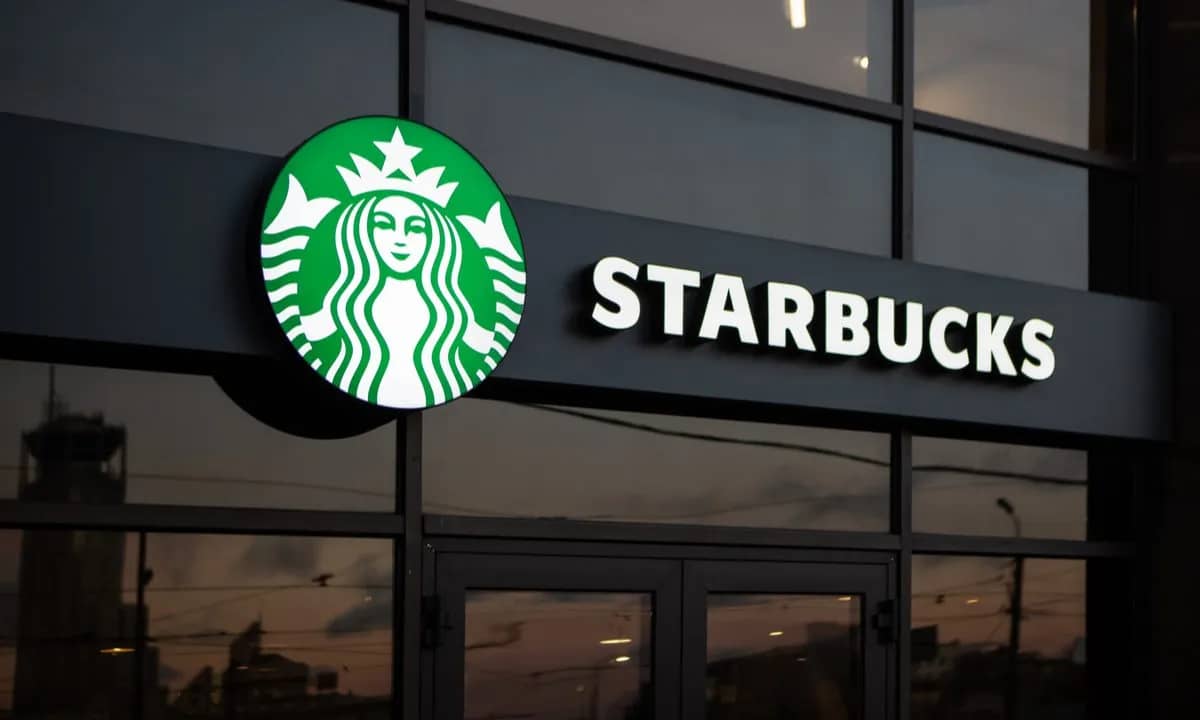Starbucks’ Ex-CEO Fired: Was a 6 PM Workday Policy the Hidden Culprit?♦
Also read: 1″Columbus Crew Stuns Inter Miami: Leagues Cup Title Defense Ends in Shocking Upset!”
Also read: 1″Starbucks Ex-CEO Fired: Did His 6 PM Workday Rule Contribute to His Downfall?”
In the ever-evolving world of corporate leadership, Starbucks‘ recent CEO departure has caught the attention of business leaders and industry watchers alike. The ex-CEO’s work habits, particularly his policy of leaving the office by 6 PM, have sparked a lively debate. Could this seemingly benign practice have played a role in his abrupt exit? Let’s delve into the story behind the headlines and explore the implications for leadership in the modern workplace.

The 6 PM Departure: A Controversial Stance
Starbucks has long been synonymous with innovation and progressive values, and its leadership has often been seen as a reflection of these qualities. The now-former CEO, known for his charismatic leadership style, embraced a unique approach to work-life balance: leaving the office at precisely 6 PM every day. This policy, which he championed as a means to maintain personal well-being and productivity, quickly became a talking point among employees and analysts.
Work-Life Balance or Leadership Liability?
At first glance, the 6 PM rule might seem like a healthy work-life balance initiative. The ex-CEO argued that stepping away from work at a set time allowed him to recharge, foster creativity, and prevent burnout. In an era where work-life balance is increasingly prioritized, this approach seemed progressive. However, the controversy began when critics questioned whether this rigid boundary might actually be a liability in a high-stakes corporate environment.
Industry insiders have noted that while the policy might have been intended to promote balance, it could also be interpreted as a lack of commitment or flexibility. In high-pressure industries like retail and foodservice, where quick decision-making and adaptability are crucial, such a strict schedule might appear out of sync with the demands of the job.
The Ripple Effect: Impact on Starbucks’ Culture
The departure of the CEO has triggered a wave of speculation about the impact of his work habits on Starbucks’ corporate culture. Some employees have expressed concern that the CEO’s 6 PM policy might have inadvertently set a precedent for disengagement. In a company known for its strong team-oriented culture and customer-first mentality, any perceived disconnect at the top can reverberate throughout the organization.
Furthermore, the CEO’s departure raises questions about how leadership practices influence organizational performance. Was his adherence to a strict work schedule a sign of a healthy boundary, or a symptom of a disconnect from the day-to-day challenges facing Starbucks?
A Broader Look at Leadership Styles
The debate surrounding the ex-CEO’s work schedule is part of a larger conversation about leadership styles in today’s business environment. Modern leaders are often expected to balance the demands of their roles with the need for personal time. Yet, the success of these approaches can vary widely depending on the industry and company culture.
For instance, tech companies often embrace flexible work schedules and remote work options, valuing results over rigid office hours. In contrast, companies in fast-paced sectors might prioritize leaders who are more accessible and hands-on. The Starbucks scenario underscores the importance of aligning leadership practices with organizational needs and industry expectations.
SEO Keywords to Consider
To ensure this article reaches a broader audience and ranks well in search engines, incorporating relevant SEO keywords is essential. Here are some suggested keywords and phrases to integrate:
- Starbucks CEO departure
- Work-life balance leadership
- Corporate culture impact
- Leadership styles in business
- CEO work schedule controversy
- Modern leadership practices
- Impact of CEO policies on companies
The Future of Starbucks Leadership
As Starbucks searches for a new CEO, the company faces the challenge of finding a leader who can navigate the complexities of modern business while aligning with the company’s values. The next CEO will need to address not only the operational and strategic aspects of the role but also the cultural and symbolic dimensions that come with leading a global brand.
Potential candidates will likely be evaluated on their ability to balance work demands with personal well-being, while also demonstrating flexibility and engagement. The evolving expectations for leaders in the 21st century mean that the next Starbucks CEO will need to strike the right balance to drive both performance and employee satisfaction.
Conclusion: Lessons Learned and Moving Forward
The departure of Starbucks’ ex-CEO has sparked a significant discussion about the role of work habits and leadership styles in corporate success. While the 6 PM workday rule was intended to promote balance, it also highlighted the complex dynamics between personal policies and organizational expectations.
As Starbucks moves forward, the company has an opportunity to reflect on these lessons and consider how best to integrate leadership practices with its mission and values. The future of Starbucks will depend on finding a leader who not only upholds the company’s renowned culture but also adapts to the ever-changing landscape of global business.
In the end, the story of Starbucks’ ex-CEO serves as a reminder that leadership is not just about setting policies but about understanding and responding to the needs of both the organization and its people. As the search for a new CEO unfolds, all eyes will be on Starbucks to see how it navigates this critical transition and continues to innovate in the world of corporate leadership.



Leave a Reply